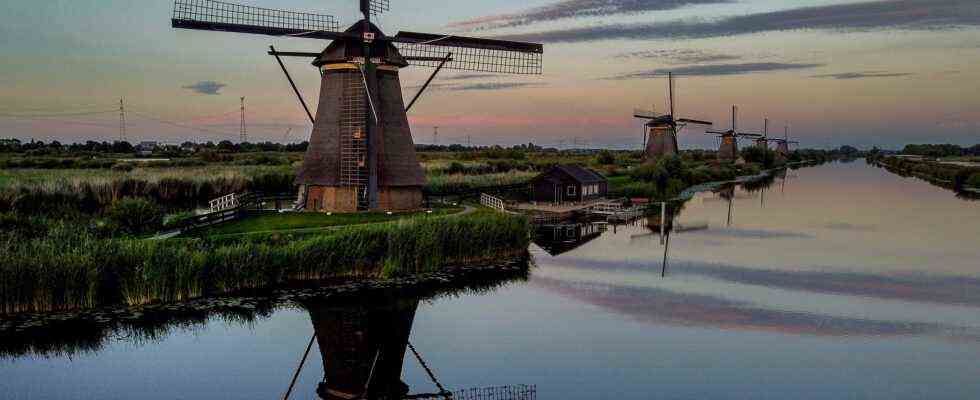Status: 08/09/2021 2:47 p.m.
Climate change is causing sea levels to rise – in Europe, the Netherlands are particularly affected. Scientists there try to predict the consequences as precisely as possible.
Aimée Slangen takes it with gallows humor. The climate researcher took a close look at the forecasts for global sea rise and compared what that would mean for her in concrete terms: “My house is cheap, I wouldn’t be flooded too much. But here in Zealand there are definitely places where you have to go go upstairs or the attic to keep your feet dry. “
Aimée Slangen is not someone who wants to spread panic. But their climate models speak for themselves. On behalf of the Royal Netherlands Marine Research Institute in Zealand, she observes sea levels around the world. Based on millions of measurement data and satellite images, forecasts are made on the computer as to how the coasts will change. It is important not only to look at the overall picture. “I always have a global picture of the sea level. But I also look at regional changes, how the water level changes from place to place. There are big differences. Because the sea is not a bathtub. It changes at a different pace everywhere “says the scientist.
Research results flowed into the world climate report
How exactly, that’s what Slangen and her team in Zealand try to predict as precisely as possible. Their research results have also flowed into the current report of the Intergovernmental Panel on Climate Change, which has just been published. It warns that the global temperature increase of 1.5 degrees could already be reached by 2030, ten years earlier than previously assumed.
The models and methods are becoming more and more precise, says Tim Hermans, PhD student at the Marine Research Institute in Zealand. His goal: to make the forecasts even more accurate. “These models only have a limited resolution – so that they don’t have to be calculated for years. The physical calculations always apply to every 100 kilometers of coastline. For the Netherlands this means: We only calculate the sea rise for three or four points along the entire coast,” explains Hermans.
Big cities in danger too
But even from the rough picture, a gloomy forecast for the Netherlands can be derived: the computer models calculate an increase of 50 to 80 centimeters up to the year 2100. If there is no massive investment in dykes and coastal fortifications by then, a good third of the country’s area will be flooded threatened – and with it around twelve million people in metropolitan areas such as The Hague, Amsterdam and Rotterdam.
“We’re talking about the economic heart of our nation. Stupidly, that’s actually pretty unfavorable. But a lot of big cities around the world are in a similarly miserable situation. New York, for example, is not high above the sea, and neither is many Asian megacities. Then when the sea rises, you have a problem, “says Aimée Slangen.
She hopes the latest IPCC report is a wake-up call for the world. Climatologists like her cannot make political demands, says Slangen, but they can process measurement data and forecasts in such a way that politicians can see the consequences of their actions. And then hopefully it doesn’t take a catastrophe before something happens.
Under the sea – what climate change means for the Netherlands
Michael Schneider, ARD Brussels, 9.8.2021 12:59 p.m.

